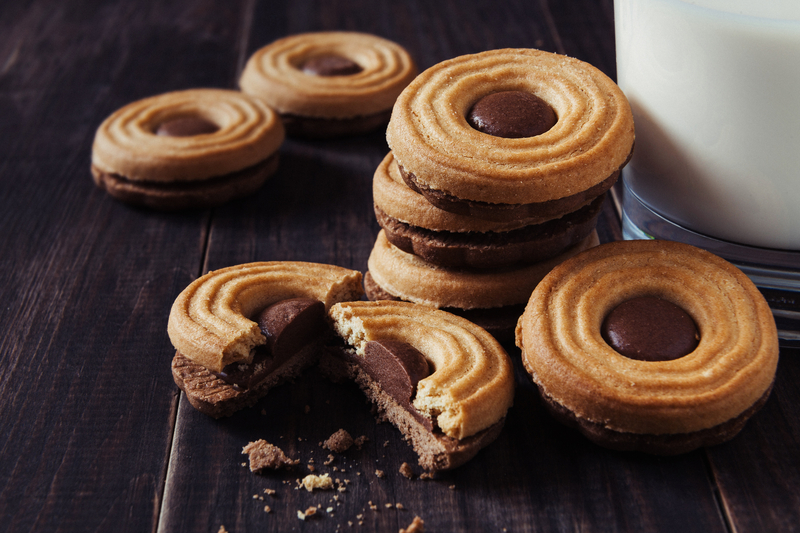Lab scale: marie biscuits
Hi.
I am doing lab scale marie biscuits. But i have never seen how the marie biscuit dough looks like especially right after mixing. Is it supposed to be dough like or crumbly like? Would like to have advice or sharing on the below.
Recipe (all in method, chemicals are not predissolved with water). T= temperature of ingredients, room temperature = 30-32degC:
Flour 100% (soft wheat 8-9% protein, T= 29-32degC), water 26.4% (T=32-35degC), sugar granulated 24%, shortening 12%, salt 0.63%, ammonium bicarbonate 0.27%, sodium bicarbonate 0.5%, SMS 0.09%, soya lecithin (Liquid) 0.13%
Mixing (planetary mixer 20L bowl with hook, all in method):
Speed 1: 2min (till form a lump)
Speed 2: 10min (till achieve 40-42degC)
The dough looks like the below picture. Is it a correct marie biscuit dough texture?
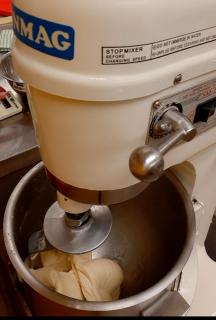
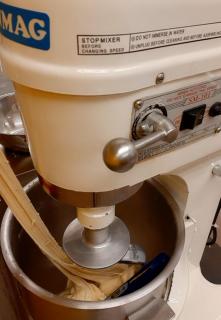
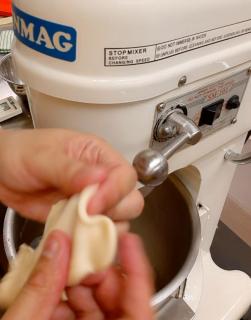
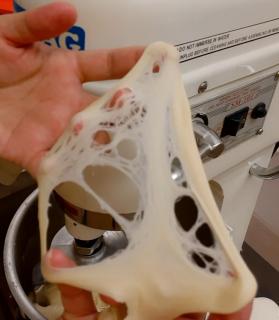
I have checked the dough texture at Speed 2 5th min, 7th min and 10th min. All are similar, just that there's an increase in temperature and softness of dough.
Sheeting (after mixing, directly go for sheeting without rest. 2 types of sheeting done):
1. Without layering (sheet to actual thickness of 1.5mm, perforate with pizza docker, and manually stamp to round shape)
2. With 4 layers (sheet to actual thickess of 2mm, book fold twice, sheet to actual thickness 1.5mm, perforate, stamp)
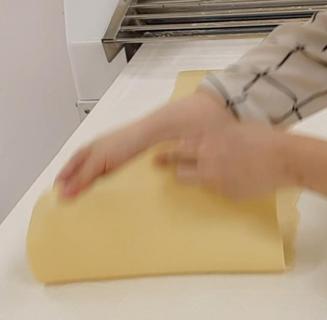
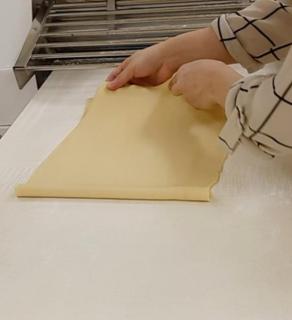
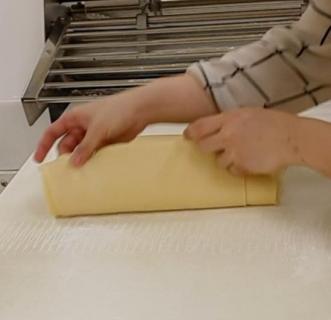
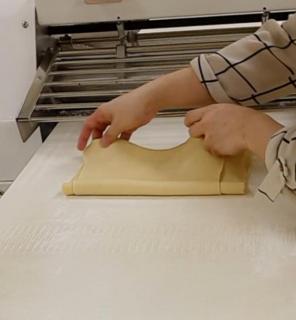
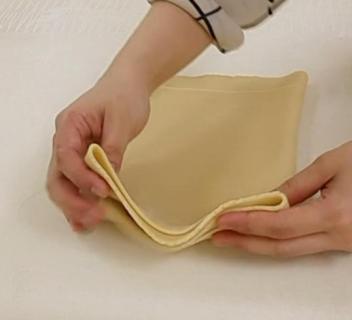
Baking (3 tier deck oven, top 220degC, bottom 210degC, 10sec steam, 5.5min baking, using perforated tray).
Additional questions:
1. Colour after baking seems uneven. How can we make the colour more even?
2. There are tiny brown spots on the surface of biscuits. Is it due to undissolved chemicals? Which chemical specifically?
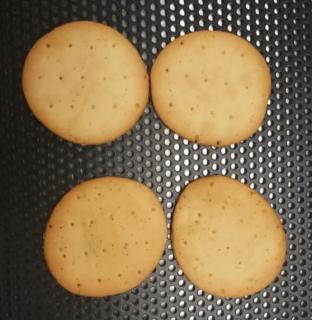
3. Texture of marie biscuits very hard. Is it correct to increase dosage of ammonium bicarbonate to get the soft texture? If yes, how much to add in total (baker's %)? Any other methods to increase softness of biscuits?
4. Is 10sec steam during initial baking is enough to get the sheen or longer steaming time is needed? Other than giving sheen, what other function does steam have?
5. No resting after mixing. Is it okay? What is the purpose of resting the dough? Is the dough let rest in a bulk ball shape or make into dough slab and rest?
6. Is the lamination method correct?
Thank you in advance for your help ?
Regards,Amye

Discover how indigenous sorghum is reshaping biscuit innovation by offering a nutritious, gluten-free alternative to wheat flour.

As AI enters the biscuit industry, automating recipe development and roller design, Errebi Technology Spa reflects on the balance between innovation a...
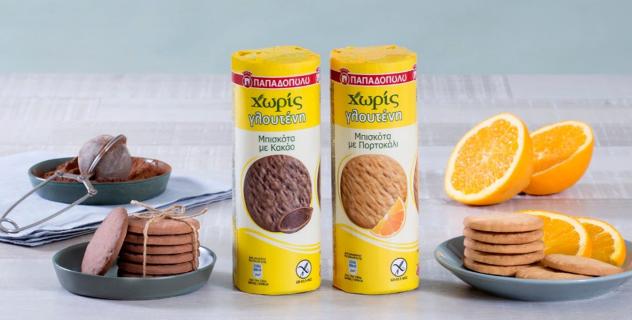
E.J. Papadopoulos's gluten-free biscuits with orange and cocoa embody the fusion of sumptuous flavour and health-conscious ingredients.

Consolidated Biscuit's Morning Coffee Biscuits offer a unique and delightful way to enhance your morning routine

The next trend we have identified looks at finding that health-halo effect in your products, the correct balance between health and indulgence.











The score is based on the number of created courses at BPA (150 points per course), the number of the lectures given at BPC (100 points per lecture), published articles (20 points for every approved article in Our Experts category ), number of resolved questions (10 points for every resolved question) and the number of asked questions (5 points for every asked question). The list is showing only top 10 biscuit industry experts.
